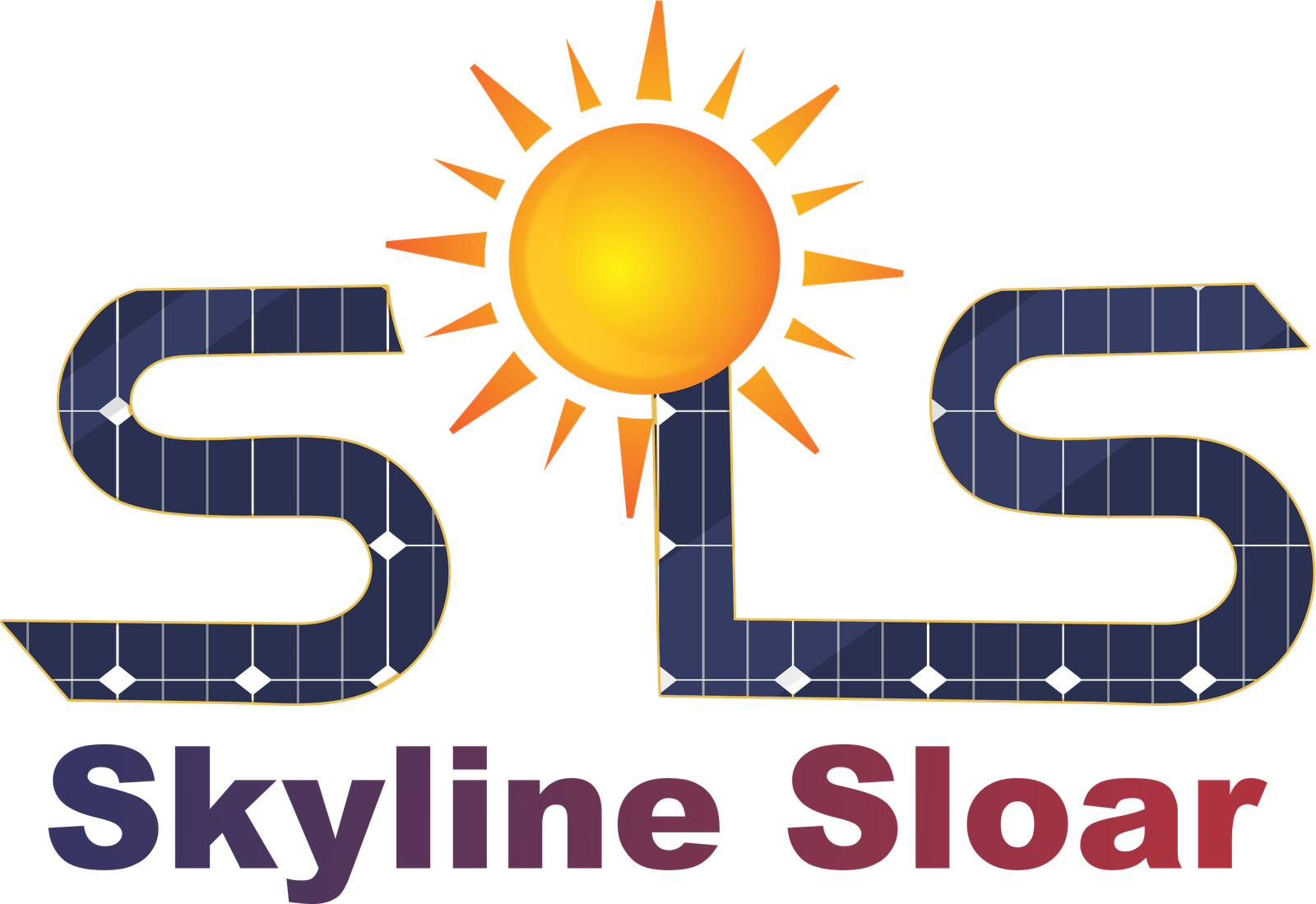Solar energy uses sunlight to generate electricity via photovoltaic cells, while hydropower harnesses the kinetic energy of flowing or falling water to turn turbines and produce electricity. Both are renewable but differ in their energy source and methods of generation. Begin With A Brief Overview Of Renewable Energy And Its Importance. Introduce The Focus Of The Blog On Comparing Solar Energy And Hydropower. Hydropower utilizes the energy of flowing water to generate electricity. It is typically harnessed through dams or run-of-river systems. Dams store water in reservoirs, releasing it through turbines to generate electricity, while run-of-river systems divert a portion of the river flow through turbines without significant water storage. Hydropower is a mature technology and has been widely used for decades to generate reliable and consistent electricity.


What is hydropower?
Hydropower, also known as hydroelectric power, harnesses the energy of flowing or falling water to generate electricity. It involves the construction of dams or diversion structures to create reservoirs or capture the kinetic energy of rivers or streams. The force of the water is used to turn turbines, which then drive generators to produce electricity.
What is solar power?
Solar power harnesses the energy from sunlight to generate electricity through photovoltaic (PV) panels. These panels contain semiconductor materials that convert sunlight directly into electricity via the photovoltaic effect. Solar power is renewable, sustainable, and increasingly affordable, making it a key player in the transition to clean energy.

What is the difference between solar energy and hydropower ?
This table summarizes the key differences between solar energy and hydropower across various aspects.
| Aspect | Solar Energy | Hydropower | |
| 1- | Source of Energy | Derived from the sun’s radiation. | Generated from the kinetic energy of flowing water. |
| 2- | Availability and Dependence | Available throughout the day, depending on sunlight. | Depends on the presence of flowing water bodies like rivers. |
| 3- | Environmental Impact | Generally considered environmentally friendly. | Can have significant environmental impacts, including habitat disruption and ecosystem degradation. |
| 4- | Scalability and Capacity | Scalable from small-scale residential installations to large utility-scale solar farms. | Often involves large infrastructure projects such as dams and reservoirs. |
| 5- | Reliability and Storage | Intermittent energy source, dependent on sunlight. | Relatively reliable and consistent, as long as water flow remains stable. Reservoirs can act as energy storage. |
Which is better electricity or solar ?
Hydropower is more reliable than solar, but it isn’t a good fit for most locations and requires a large amount of space. Solar power is smaller and can be added to individual buildings but may not be great in places that don’t get a lot of sun or deal with obstacles that would make it harder to harness the sun’s rays. Although solar equipment can be more expensive initially, the main reason that people choose solar power instead of electricity is the cost savings. Solar energy is very efficient and able to pay back the cost of installation over a number of years.Choosing between traditional grid electricity and solar energy depends on several factors. Grid electricity offers reliability and convenience, but it often relies on fossil fuels and can lead to unpredictable bills. On the other hand, solar energy is renewable, environmentally friendly, and can significantly reduce or eliminate electricity bills in the long term. However, it requires upfront investment, is dependent on sunlight availability, and may need additional storage solutions. Ultimately, the decision depends on your location, energy needs, budget, and environmental concerns.
FAQ’s
CONCLUSION:-
In conclusion, solar energy and hydropower each offer distinct advantages and disadvantages. Solar energy is more universally available, has fewer direct environmental impacts, and offers high scalability and flexibility. However, it can be variable and dependent on weather conditions, requiring additional infrastructure for energy storage. On the other hand, hydropower provides a more consistent and reliable energy output but is limited by geographical constraints and can have significant environmental impacts, particularly during dam construction. Additionally, hydropower projects can be expensive to build upfront. Ultimately, the choice between solar energy and hydropower depends on factors such as location, environmental considerations, cost-effectiveness, and energy needs. In many cases, a combination of both sources, along with other renewable energy options, may offer the most balanced and sustainable solution.






